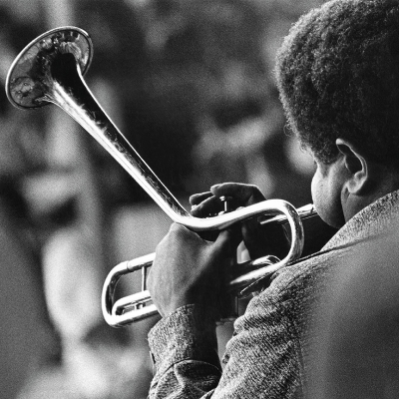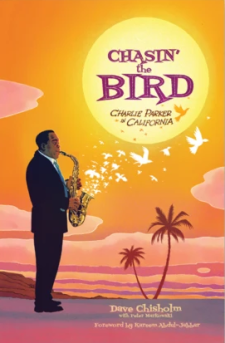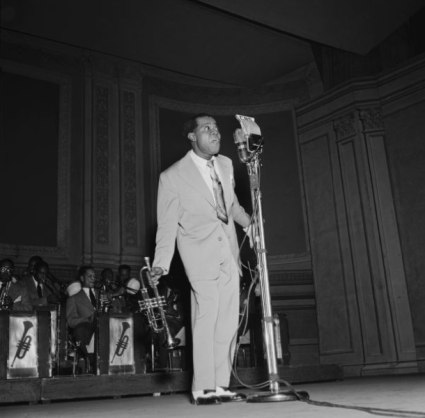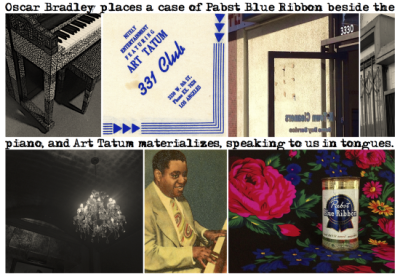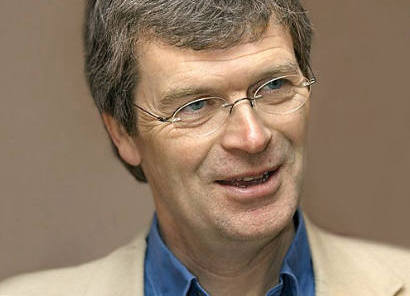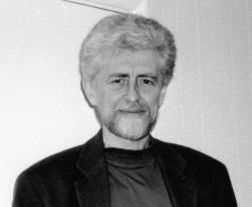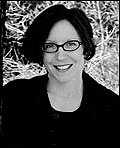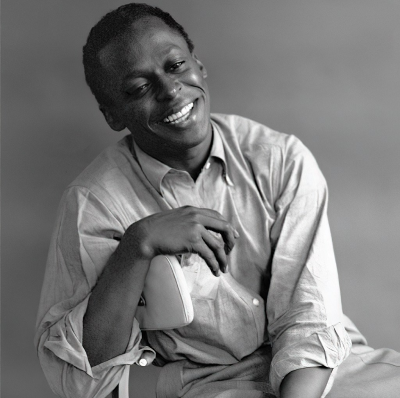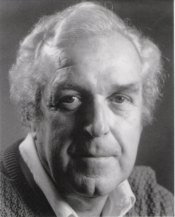Veryl Oakland’s “Jazz in Available Light” — photos (and stories) of Duke Ellington, Dizzy Gillespie, Quincy Jones and ‘Toots’ Thielemans
Duke Ellington, Dizzy Gillespie, Quincy Jones and Toots Thielemans are featured in this edition of photographs and stories from Veryl Oakland’s book
...February 26th, 2022




